Whispers across the internet suggest the long-awaited successor to the wildly popular Nintendo Switch might be closer than we think, and the rumors are painting a picture of a console that could seriously shake up the handheld gaming world. The potential secret weapon? A powerful partnership with NVIDIA, reportedly bringing their cutting-edge AI-powered Deep Learning Super Sampling (DLSS) technology and the promise of stunning 4K gaming to the next Nintendo device. Could this be the upgrade fans have been dreaming of?
For years, Nintendo enthusiasts have clamored for a more powerful console capable of delivering visuals on par with modern gaming standards. While the Switch carved its own niche with its unique hybrid nature and family-friendly exclusives, its technical limitations have become increasingly apparent, especially when playing demanding third-party titles. Now, it seems Nintendo might be ready to bridge that gap, and NVIDIA could be the key.
Recent reports, fueled by industry analysts and leaked information (though always to be taken with a grain of salt until official confirmation), point towards a collaboration that could see the next Nintendo console leverage NVIDIA’s expertise in graphics processing and AI. The inclusion of DLSS, a technology that uses artificial intelligence to upscale lower-resolution images to higher resolutions while maintaining or even improving image quality, is particularly exciting.
What does DLSS mean for the Nintendo faithful?
Imagine playing the next Legend of Zelda or Mario adventure on your TV in crisp, detailed 4K resolution, with smoother frame rates than ever before. DLSS could make this a reality without requiring significantly more powerful and potentially more expensive hardware. This technology essentially allows the console to render games at a lower internal resolution, which is less demanding on the system’s processing power, and then use AI algorithms to intelligently upscale the image to 4K. The result? A sharper, clearer picture with improved performance, all while potentially keeping the console relatively affordable and battery-efficient for handheld play.
Think about games like The Legend of Zelda: Tears of the Kingdom. While visually impressive on the current Switch, it sometimes experiences frame rate dips and lacks the visual fidelity seen on other platforms. With DLSS on a potential “Switch 2,” players could experience Hyrule in breathtaking 4K on their TVs, with smoother gameplay that truly immerses them in the world. Similarly, demanding ports of AAA titles, which often require significant graphical compromises to run on the current Switch, could potentially run much better and look significantly improved with the help of NVIDIA’s AI upscaling.
Beyond the resolution bump, what else could this partnership bring?
NVIDIA’s involvement could extend beyond just DLSS. Their expertise in mobile chip design could lead to a custom system-on-a-chip (SoC) for the new Nintendo console, offering a significant leap in processing power compared to the current Switch. This could open the door for more complex game designs, richer environmental details, and more advanced physics and AI within games.
Furthermore, NVIDIA has been heavily investing in AI for various applications, and this collaboration could potentially lead to other interesting features on the new Nintendo console. Imagine AI-powered assists within games, smarter non-player characters (NPCs), or even innovative ways to interact with the game world. While these are more speculative, the potential for AI to enhance the gaming experience is vast.
But what about the handheld experience?
The beauty of the Nintendo Switch lies in its versatility, seamlessly transitioning between a home console and a portable gaming device. The inclusion of more powerful hardware and DLSS wouldn’t necessarily compromise this aspect. In fact, DLSS could prove even more beneficial in handheld mode. By rendering games at a lower resolution for the Switch’s built-in screen and then using AI to upscale, Nintendo could potentially achieve better visual clarity and performance even on the go, all while managing battery life effectively.
Imagine playing a visually demanding game on a long journey, experiencing crisp visuals and smooth gameplay without your battery draining too quickly. This is the promise that a powerful yet efficient chip, potentially coupled with DLSS, could deliver.
What are the industry experts saying?
While Nintendo and NVIDIA have remained tight-lipped about any potential collaboration, industry analysts are buzzing with speculation. Many believe that a hardware refresh for the Switch is inevitable, given its age and the advancements in gaming technology. A partnership with NVIDIA, a leader in graphics and AI, would make perfect sense for Nintendo to deliver a significant upgrade while maintaining its focus on innovative gameplay experiences.
The impact on the gaming market could be significant. A more powerful Nintendo console with 4K capabilities and NVIDIA’s DLSS could attract a wider audience, including gamers who might have previously overlooked the Switch due to its technical limitations. It could also put pressure on competitors like Sony and Microsoft in the handheld and hybrid console space.
Of course, it’s crucial to remember that these are still largely rumors and speculation. Nintendo has a history of keeping its hardware plans under wraps until official announcements. However, the sheer volume of reports and the logical synergy between Nintendo’s gaming prowess and NVIDIA’s technological expertise make this a very compelling possibility.
So, when could we potentially see this new console? Predicting Nintendo’s release schedule is always a tricky business. Some analysts suggest a potential announcement or release in late 2025 or even 2026, but nothing is confirmed. The gaming world waits with bated breath for any official word from Nintendo.
One thing is for sure: the prospect of a Nintendo Switch successor leveled up with NVIDIA’s AI-powered DLSS and 4K gaming is incredibly exciting. It promises to bridge the gap between Nintendo’s unique gaming experiences and the visual fidelity that many modern gamers crave. If these rumors turn out to be true, we could be on the verge of a new era for Nintendo and handheld gaming as a whole. The question isn’t just if it will happen, but when, and what other surprises Nintendo might have in store. For now, gamers can only dream of the possibilities and eagerly await any official news from the house of Mario.

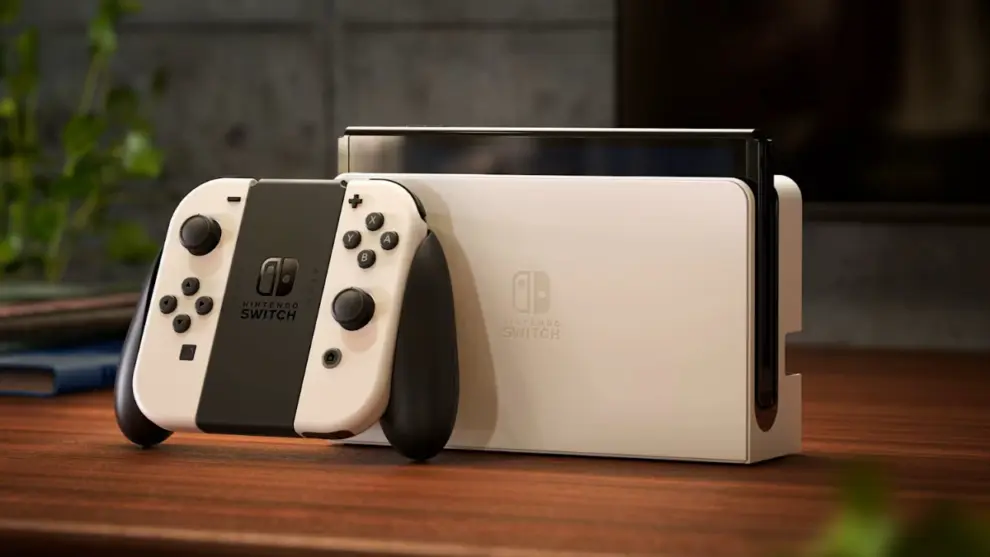
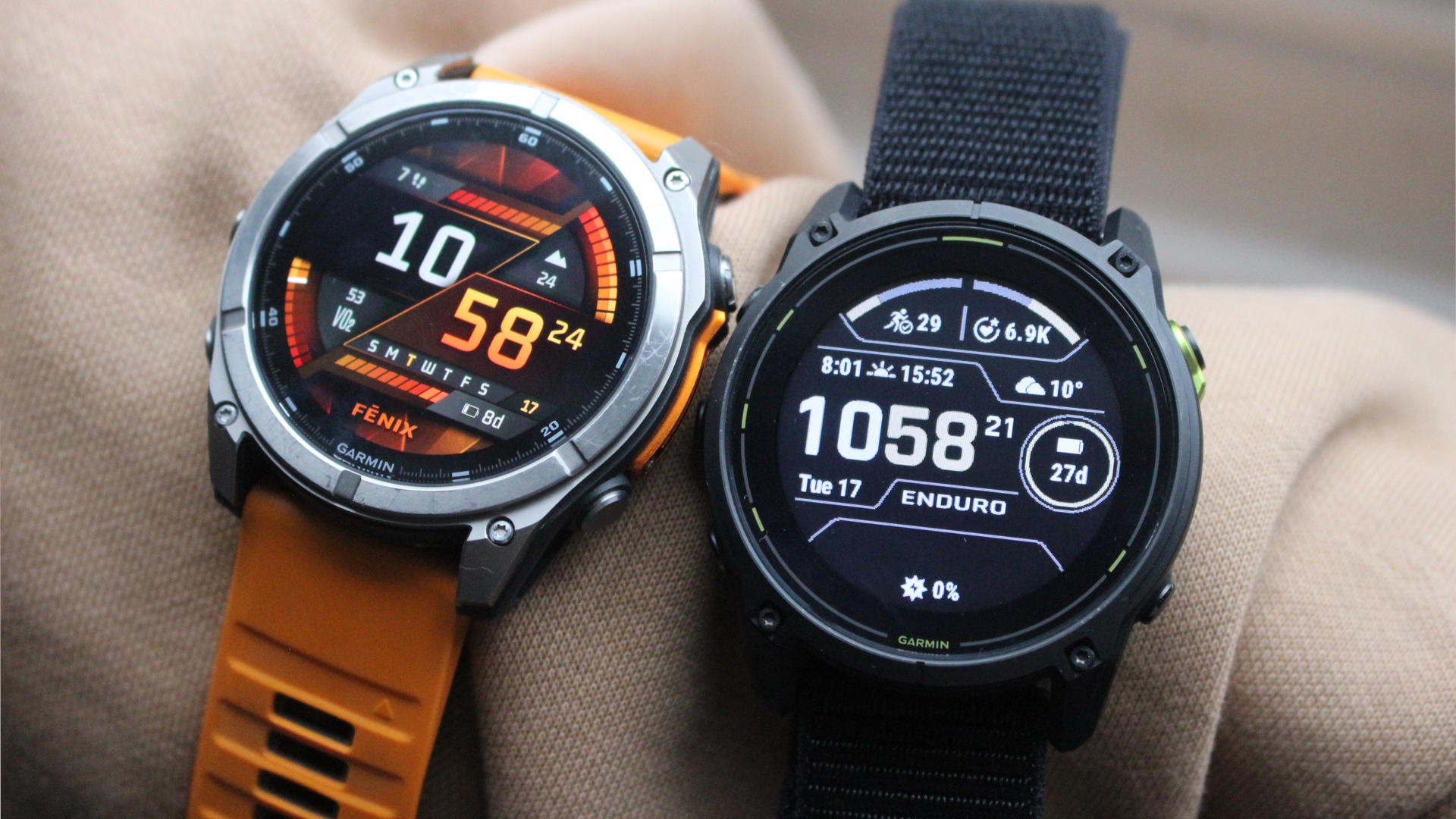
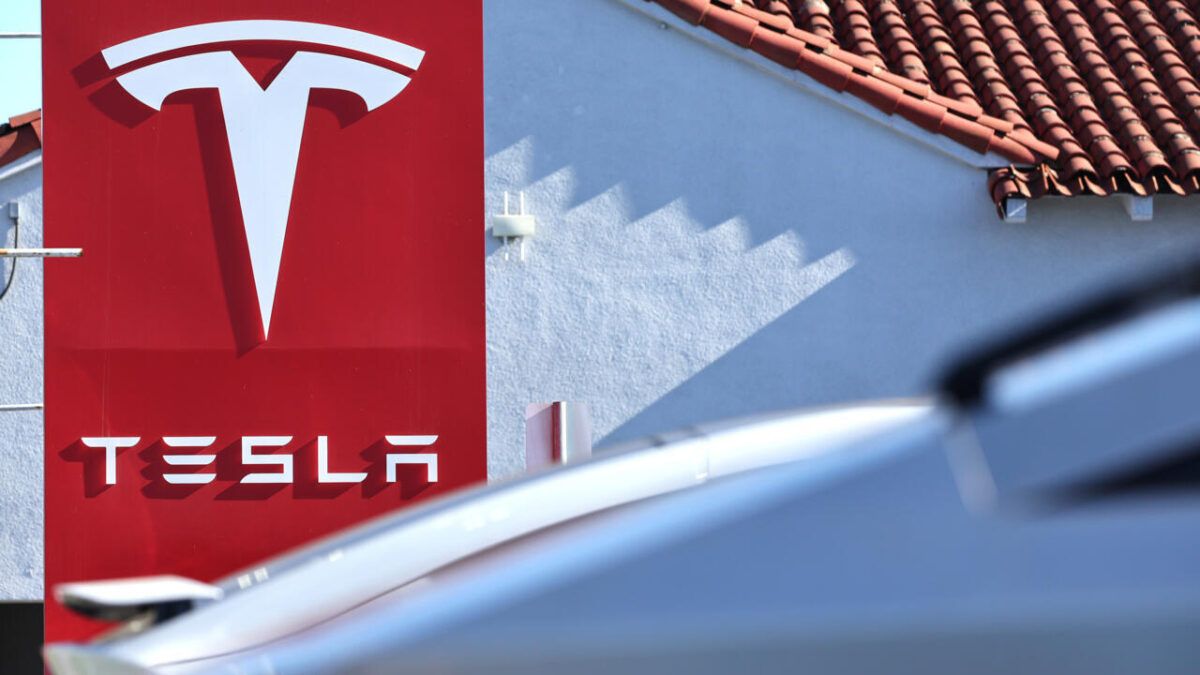

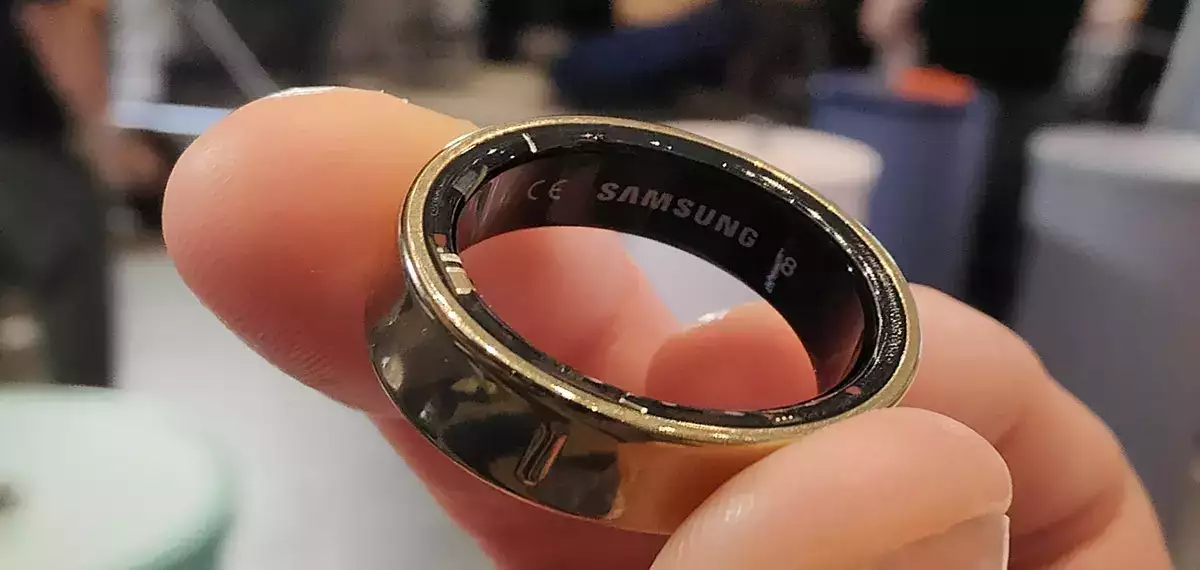
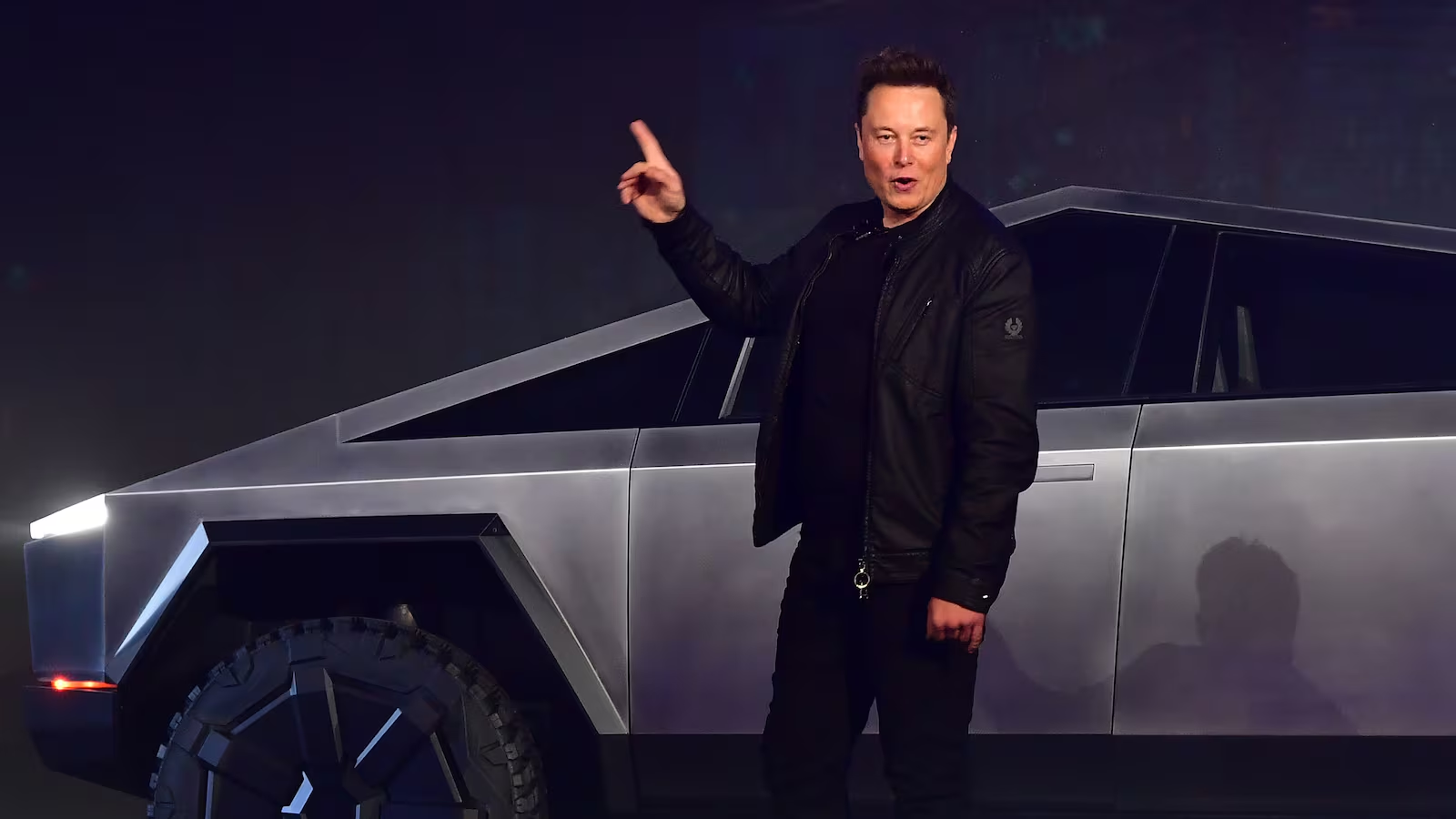
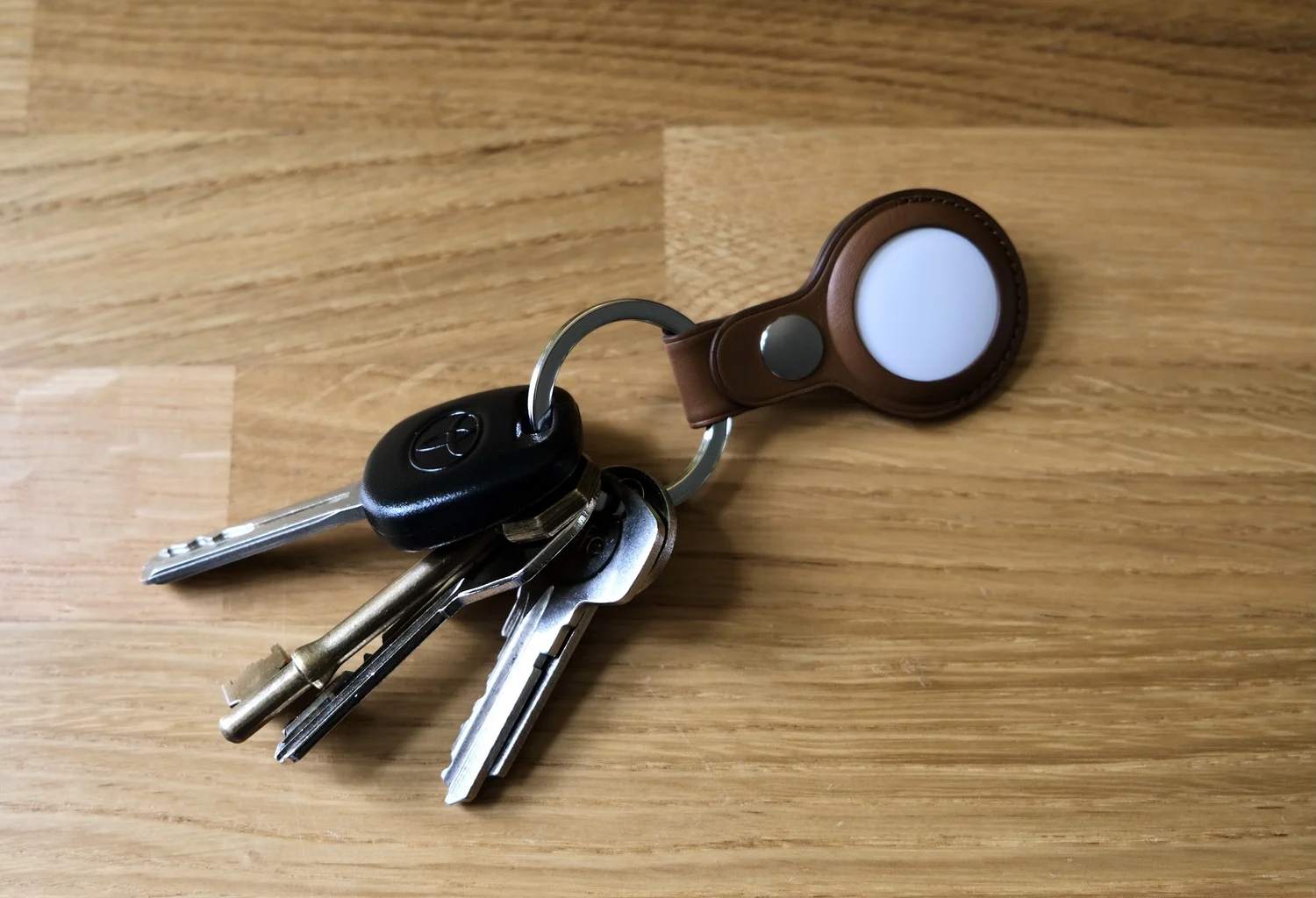
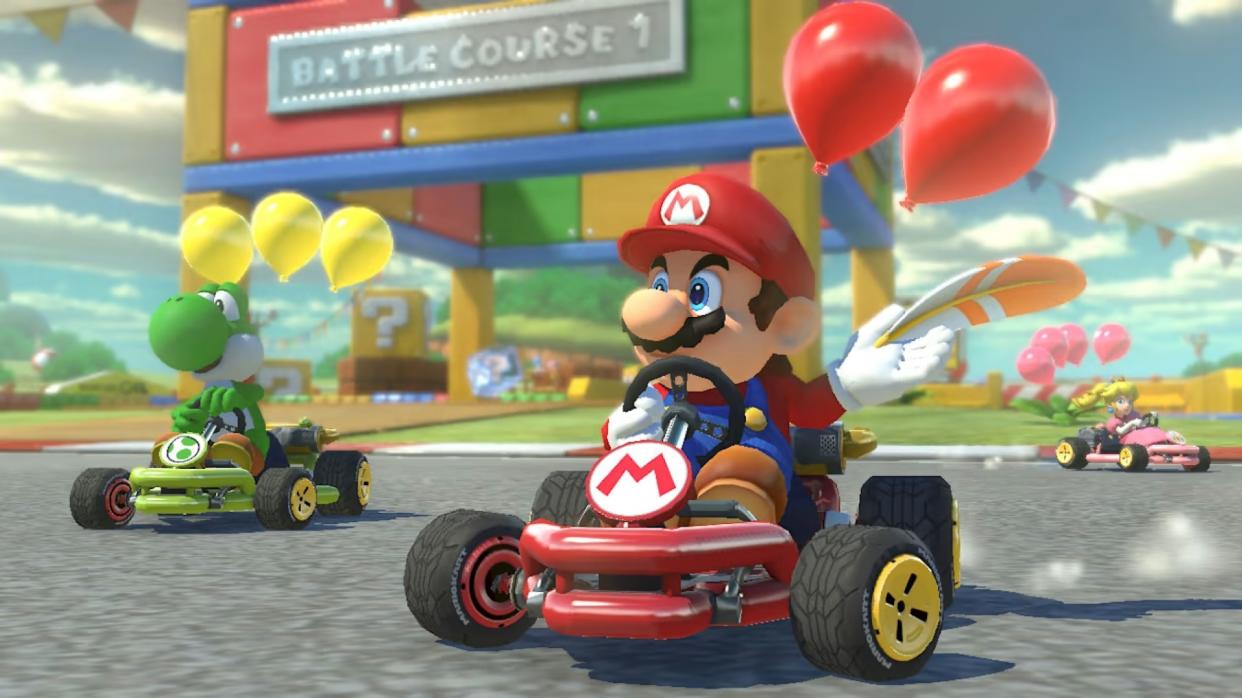

Add Comment